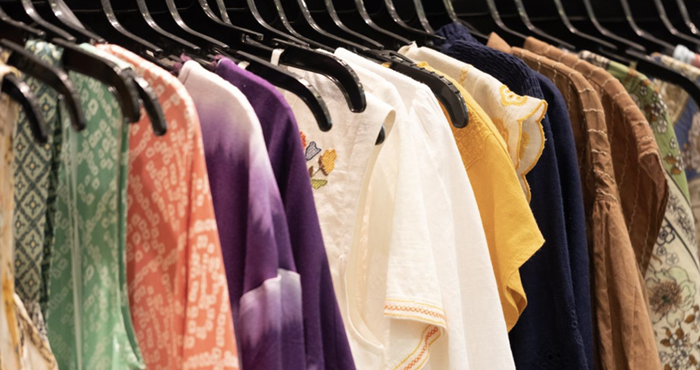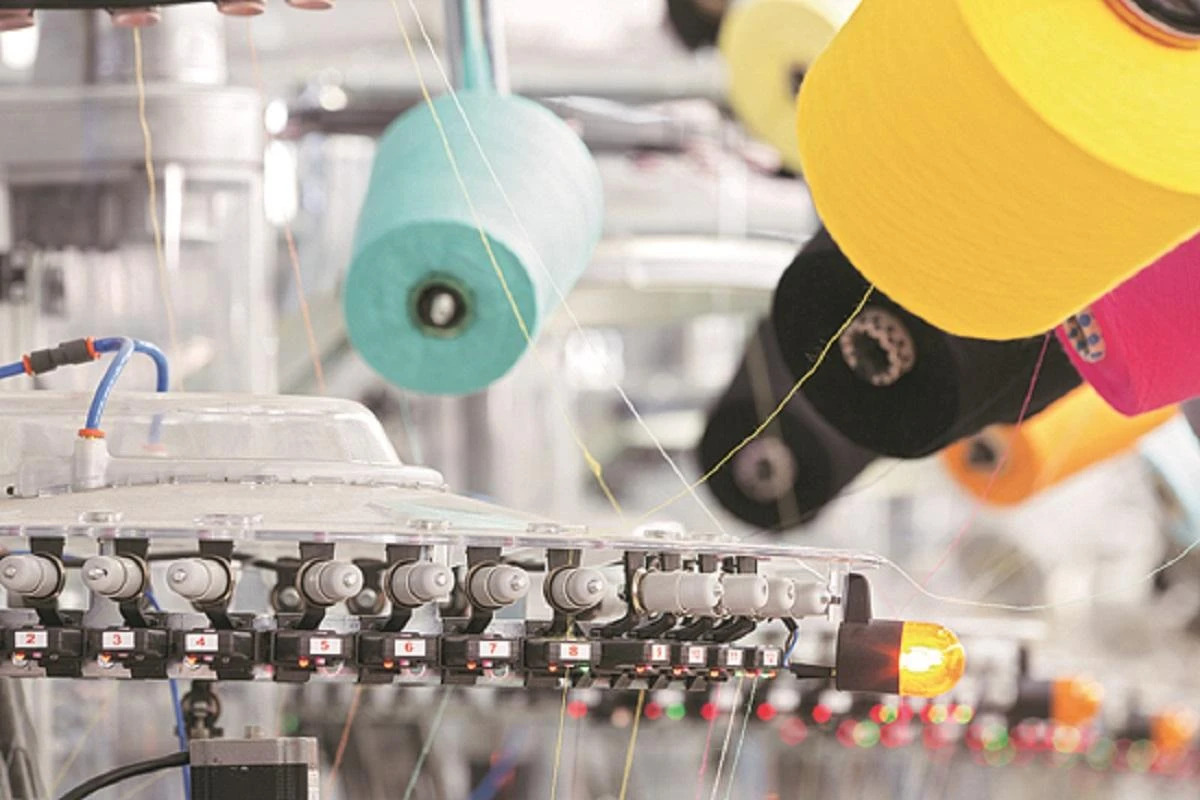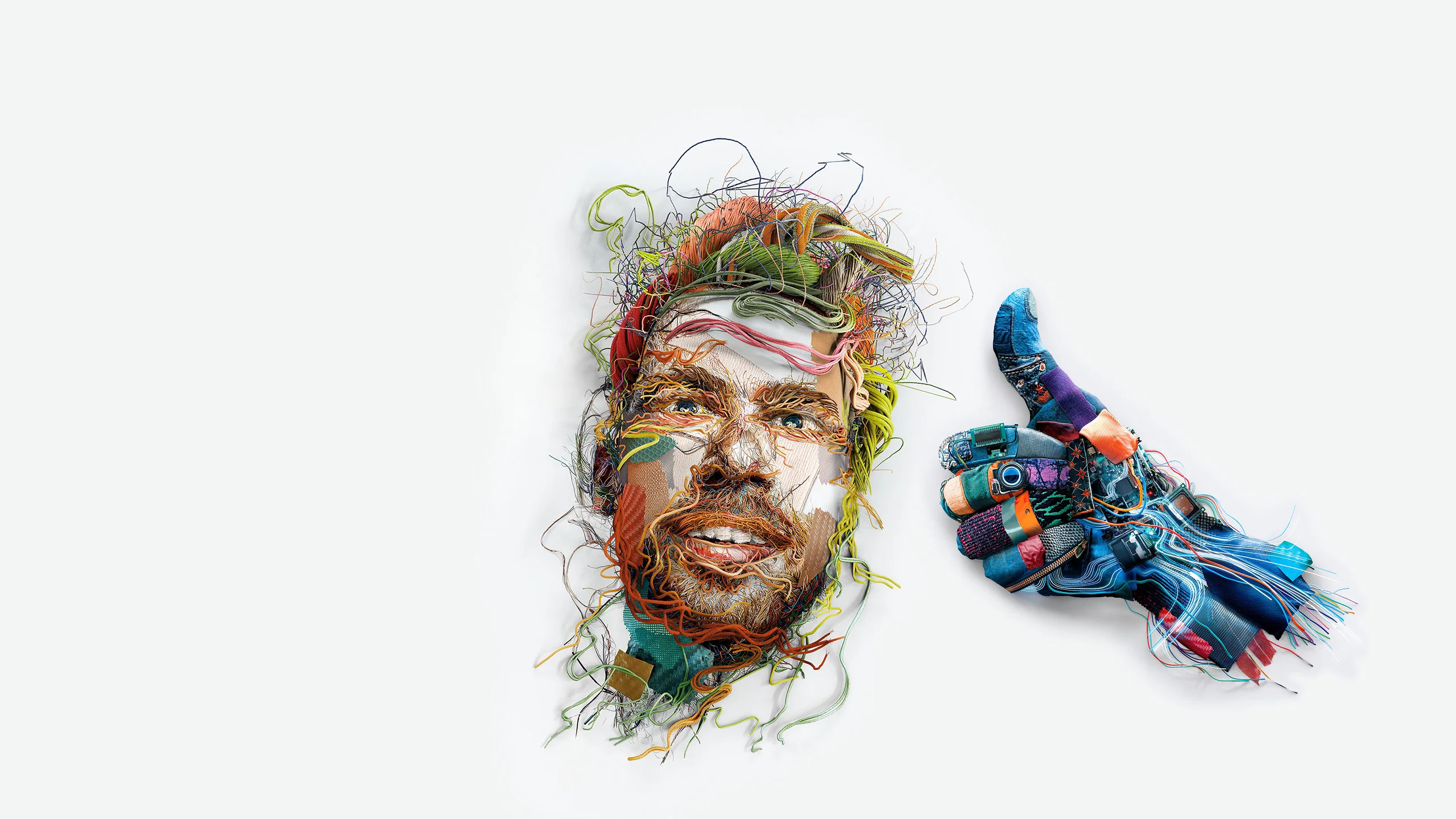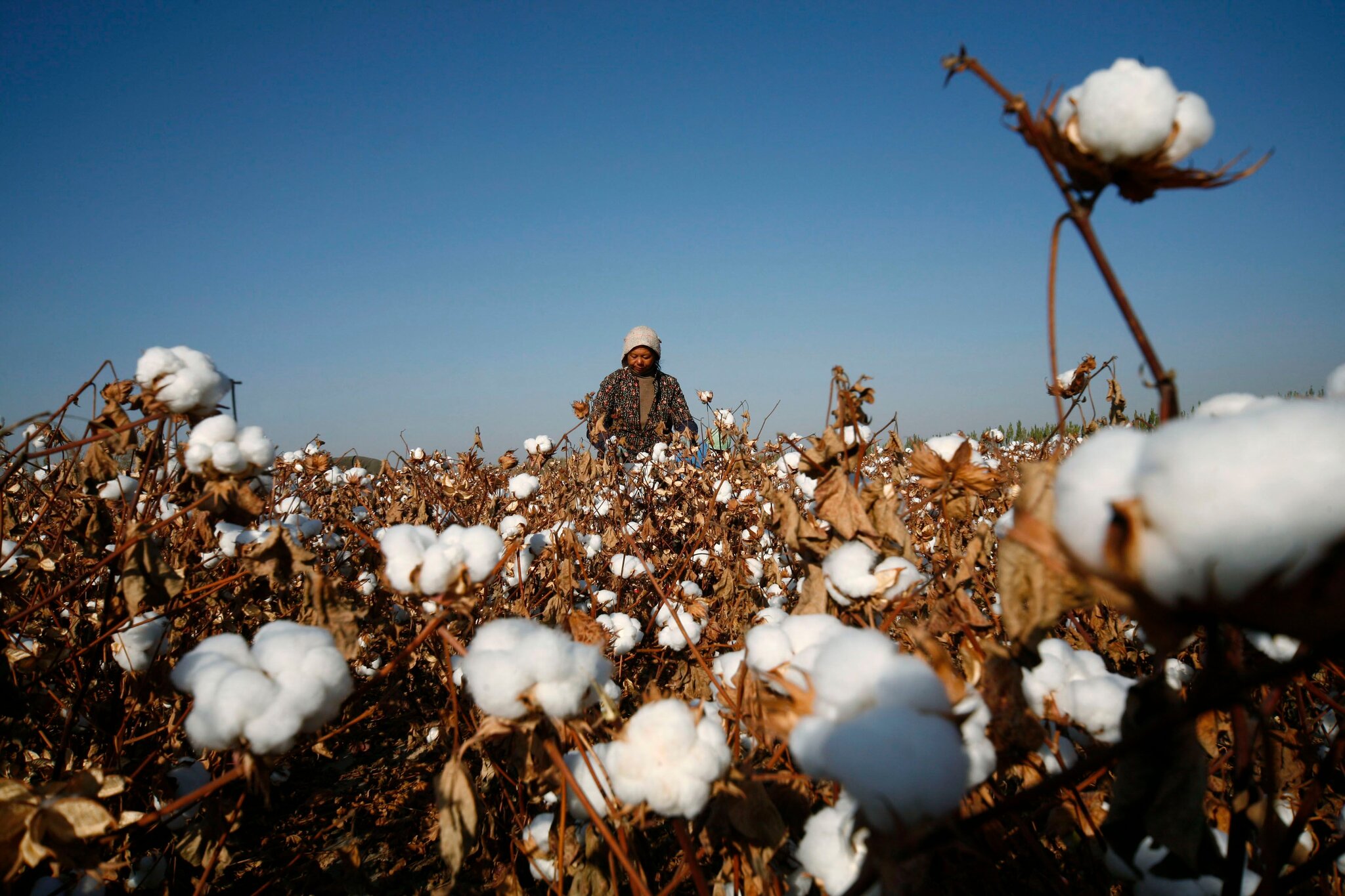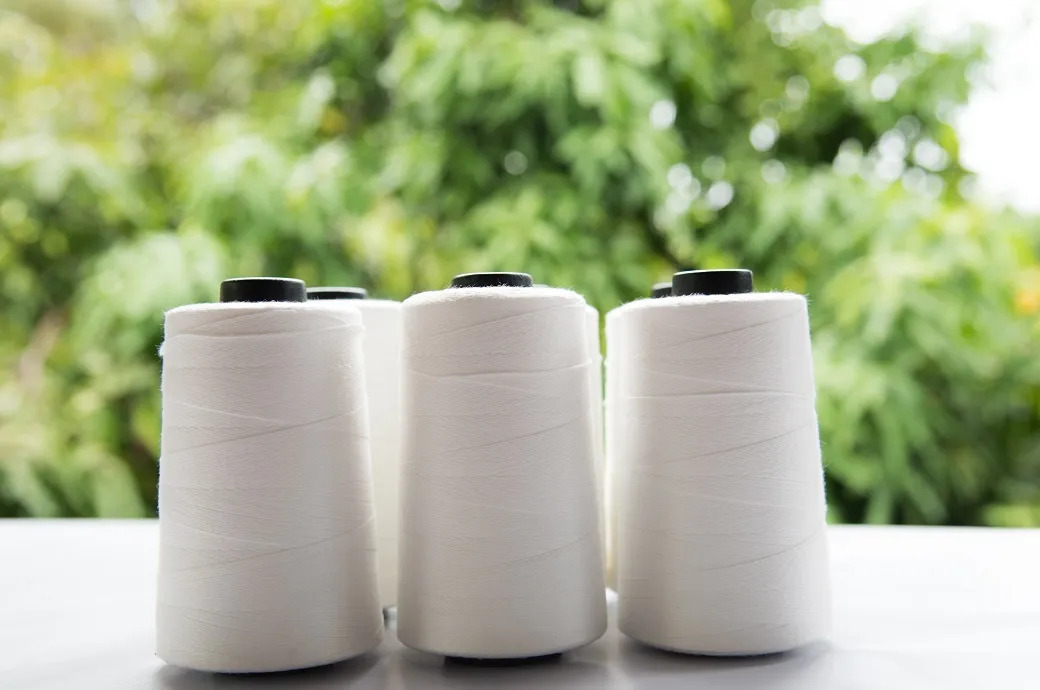FW
Thanks to stable global demand and low ending stocks world over, the Junagadh Agricultural University (JAU), has predicted prices of cotton that stands at around Rs 4,750 per quintal is likely to reach Rs 5,100 after January. The price forecast report released by the department of agriculture economics of JAU states that for the second consecutive year, India will remain the largest cotton producer country in the world, bypassing China once again. The report notes that the area under cotton cultivation in the country has gone down from 119 lakh hectares in 2015-16 to 105 lakh hectares in the year 2016-17.
But despite this reduction in acreage, the overall production is expected to remain high. According to the report, the production is estimated to about 321 lakh bales in 2016-17, as against 301.5 lakh bales last year. This is mainly due the good monsoon in major producing states like Gujarat, Maharashtra, Andhra Pradesh and Karnataka.
The report further states that cotton acreage has gone down in Gujarat also. It estimates cotton cultivation in about 23.82 lakh hectares in the current year as against 27.19 lakh hectares last year. However, production is expected to remain almost the same as last year at about 91 lakh bales,thanks to evenly distributed normal rainfall and good precipitation received in the first week of October which has brightened the yield prospects in unirrigated areas too.
Citing reports of International Cotton Advisory Committee (ICAC), the JAU forecasts cotton cultivation in the world has dropped by one per cent but the production is likely to fall by seven per cent to 1,325 lakh bales as against 1,241 lakh bales last year.
The UK government is interested in a separate special economic zone (SEZ) in Bangladesh and in its bid to improve trade and investment relations with the country. UK has shown interest to invest in an SEZs. This was revealed by David Kennedy, Director General, DFID.
Bangladesh commerce minister Tofail Ahmed says the UK wants to invest directly in readymade garments and is willing to provide the essential infrastructure for investment in SEZs by UK companies. Separately, he told the delegation that Bangladesh has adopted a liberal policy where foreign investment firms can invest 100 per cent capital and take back their capital and profit. UK brands like Tesco and Marks & Spencer purchase garments from Bangladesh on the basis of trade relationship, he added.
Kennedy says, the United Kingdom is focusing on improving its business ties with key allies in the world and Bangladesh is its key partner. Kennedy said that if British investors show interest in investing in the SEZs in Bangladesh, the government would allocate a separate zone for them, as UK has been Bangladesh's development partner for a long time now. The Bangladesh government has taken an initiative to establish 100 SEZs to boost its FDI. The Bangladesh Economic Zones Authority is allocating SEZs to private companies and different countries such as Japan, India and China.
More than 200 UK companies currently operate in Bangladesh. UK is also the third largest export destination for Bangladesh exports. Last year, garment items accounted for around 80 per cent of Bangladesh's total exports to UK.
A move by the Central government to retain the duty drawback rate for grey and dyed fabrics with a little increase has made exporters of man-made fabrics (MMF) in Surat unhappy. In a notification dated November 1, the Central Board of Excise and Customs (CBEC) has extended the duty drawback benefits for textile exporters to overcome the barriers they face in exports.
The duty drawback rate for grey fabric has been retained with a marginal increase in value cap and in the case of dyed fabric, a marginal increase in duty drawback rate up to Rs 7 per kg in the value cap has been done. In case of apparel, though the rates have been retained at the same level (cotton garments 7.7 per cent, blended 9.5 per cent, man-made fibre 9.8 per cent), the value cap for cotton garments has been jacked from Rs 103 per kg to Rs 146 per kg while the same value caps of Rs 110 per kg and Rs 150 per kg have been retained for blended and man-made fibre garments respectively.
However, textile MMF exporters in Surat believe that the government should allow some increase in duty drawback to boost export of polyester fabrics. As per the Synthetic Rayon Textile Export Promotion Council (SRTEPC), the annual export of fabrics from Surat is pegged at over Rs 1,300 crore. However, the marginal increase in duty drawback rates is not going to give a level playing-field to the exporters of MMF fabrics in comparison to those exporting cotton fabrics.
Duty drawback is the rebate of duty chargeable on imported material or excisable material used in the manufacturing of goods. The exporter may claim drawback or refund of excise and customs duties being paid by his suppliers. The final exporter can claim the drawback on material used for the manufacture of export products. In case of re-import of goods the drawback can be claimed.
Vietnamese garment manufacturer Quang Viet is a down jacket supplier for global sportswear and functional clothing brands including Adidas, North Face and Patagonia. It also produces for luxury brands including Prada. The company operates three plants in Vietnam and two in China, with a total capacity of 8,50,000 units of clothing a month. It now plans to add 30 production lines to its plants in Vietnam next year and aims to expand capacity by 10 per cent each year in the next three years, mainly in Vietnam.
Quang Viet sources raw materials, such as down and feather, from China. However, rising labor costs in Vietnam and declining orders dragged down profitability in the first nine months of the year. Gross margin in the first nine months of the year shrank from 20.4 per cent to 18.9 per cent and revenue decreased four per cent year-on-year.
Despite losses, the company is upbeat about its business outlook in the coming quarters because of robust demand for its high-end down jackets. Sales are expected to grow 10 per cent next year and the company is considering tapping into knitted fabric garment production to drive next year’s revenue.
German sportswear group Adidas has recorded a jump in its third-quarter profits. This has been lifted by a surge in sales of its own-brand trainers and apparel. The company, which sponsors English Premier League giants Manchester United, also confirmed its improved outlook for the year, bolstered by high-profile sponsorships during the Euro 2016 football tournament and the Rio Olympics as well as collaborations with big names like Kanye West.
According to its new chief executive Karsten Rorsted, 2016 will be a record year for the Adidas group with truly exceptional results. For the July to September period, the group's net profit climbed by 24 per cent to €386 million compared to the same period last year. Its group revenues grew by 14 per cent to €5.4 billion.
The Adidas brand itself saw global sales jump 20 per cent driven by strong demand for its retro-inspired originals trainers and its neo urban fashion line. Sales of its Reebok brand were up seven per cent. Both brands did particularly well in China and the United States, allowing the Adidas group to gain ground on its main rival Nike. For the coming days, the group felt that it would see one-time costs in the second half of 2016 related to restructuring measures at Reebok and investments aimed at strengthening the group's growth foundation.
But it said it was still on track to meet the improved forecast announced in July, expecting revenues to increase at a rate in the high teens this year. According to expectations, net income this year is likely to soar by 35 to 39 per cent to between €975 million and €1 billion. In spite of the good news, shares of Adidas fell by more than five per cent to €139.10 in early morning trading in Frankfurt.
Globally, the online store segment is expected to be the most valuable segment in terms of revenue between 2015 to 2021. A US market study on men's underwear and women's lingerie provides in-depth information about various factors and trends affecting each market segment and provides analysis and insights about the potential of the men's underwear and women's lingerie market in future.
The US men's underwear market was estimated at $3,236.4 million in 2015 and is expected to grow at a CAGR of 5.1 per cent. On the other hand, women's lingerie market revenue is expected to grow at a CAGR of 5.4 per cent throughout the forecast period. Both men's underwear and women's lingerie market is expected to witness significant growth over the forecast period. This growth is attributed to increased proliferation of modern retail formats such as supermarkets, discount stores, and pharmacy stores; rising personal income of US households; rising fashion consciousness, change in lifestyle, and rising awareness regarding health and fitness and personal hygiene among men and women in the country.
On the other hand, high competition due to the presence of a relatively high number of global and local intimate apparel manufacturers is expected to be the major restraining factor for growth of the men's underwear and women's lingerie market. On the basis of category, the men's underwear market is segmented into different types of underwear. The boxer brief segment is expected to remain dominant throughout the forecast period, with high revenue contribution. By the end of 2021, the boxer brief segment is expected to hold a share of 34.9 per cent in volume terms.
Women's lingerie market is bifurcated on the basis of product type, size, price range, age group, and distribution channel. By product type, brassiere segment is expected to register highest CAGRs in both value and volume between 2015 and 2021. By size, the medium segment is projected to contribute highest over the forecast period. On the basis of price range, premium range segment revenue is expected to register a CAGR of 6.8 per cent over the period 2015–2021.
China is still by far the world’s biggest textiles exporter but buyers are turning increasingly to India, Pakistan and even back to Europe, as price gaps narrow. Textile exporters in China are being crushed by rising costs. China’s vast economic transformation has meant rising living standards, but also rising wages, forcing companies to move up the value chain to remain competitive. High-tech industries are springing up to replace labor-intensive sectors such as textiles and apparel.
China’s textile exports fell last year for the first time in six years, slipping five per cent. In January to August of this year, textile and clothing exports are down more than 4.5 per cent. Among the biggest headaches for textiles and other low-end manufacturers are wages.
Average wages in China have grown at an annual compound rate of more than 12 per cent a year in 2013 from 1994. Authorities in China have called for a slowdown in wage rises in order for the country to remain competitive. Chinese manufacturer’s feels in five to 10 years, all low-end production in China will shift to Pakistan.
Python has created a new line of fitness clothing aimed at providing support, compression and recovery properties. Python Performance is a British sportswear company. It has worked with sportswear designers and exercise physiologists to develop garments that combine the benefits of technologies such as compression, joint support and kinesiology tape. The fitness clothing is based on the proprioceptive principles of a kinesiology tape.
Leggings and tops include an innovative fabric weaving technology that delivers pinpoint heat and cooling, pinpoint compression and supportive joint stabilisation so the wearer gets support where they need it most. The garments provides support and stabilisation to joints.
Proprioceptive support is achieved through the Lycra-backed strips, which are based on the principles of kinesiology tape but without the need to apply the tape each time. Stabilisation technology is designed to help target injury prone points to avoid pain and aid performance. In addition, optimised muscle activation is achieved through pinpoint heat and cooling properties, allowing for heat dissipation and retention in the right places.
With kinesiology tape, athletes need a trained expert to put it on, whereas with the Python Performance clothes, they don’t, and they can feel the compression straight away. Warm up happens faster than usual, which helps with injury prevention.
Spanish company Inditex has signed a three-year collaboration agreement by which it will fund grants for students of Tsinghua School of Economics and Management, China to conduct academic and business exchanges in Spain. The chairman and CEO of Inditex Pablo Isla, and the Dean of the Tsinghua University School of Economics and Management (SEM), Professor Yingyi Qian, were the signatories. Inditex is a Spanish multinational clothing company headquartered in Arteixo, Galicia. It is the biggest fashion group in the world that operates over 7,000 stores in 91 markets worldwide.
As per the agreement, the two would donate resources for programs like: Grants for Tsinghua’s SEM students to visit Inditex’s headquarters in Arteixo, Spain to gain practical experience in areas such as fashion retail management, logistics, environmental protection and sustainable development; training programmes to support the professional development of academic staff in scientific research and teacher training; promotion of cultural activities for students on the Tsinghua SEM campus in Beijing.
The five day International Cotton Advisory Committee (ICAC) meeting concluded in Islamabad with member-countries pledging to adopt innovative-cutting edge technologies for improving cotton production at lower costs, and strengthening the value-chain that would make competitive. The meet was held from October 30 to November 4.
A statement issued at the end of the 75th plenary meeting on Emerging Dynamics in Cotton: Enhancing Sustainability in the Cotton Value Chain said government policies should focus on allowing prices to fluctuate with market forces, increasing funding for agricultural research, and implementing science-based regulations that allow technology development and adoption. The concluding session was presided over by ICAC executive director JoseSette while the secretary, Ministry of Textile Industry Pakistan Hassan Iqbal was the chief guest. Sette said one of the greatest challenges for the cotton sector in Pakistan was energy shortage, which needed to be addressed on an urgent basis for industrial growth in the textile sector. Pakistan possesses huge potential in cotton production and textile manufacturing to penetrate in the international market, he added. The event, organised by the Ministry of Textile Industry in collaboration with ICAC, was attended by 378 persons, including 14 representatives from members, four international-member organisations and four non-member countries.


